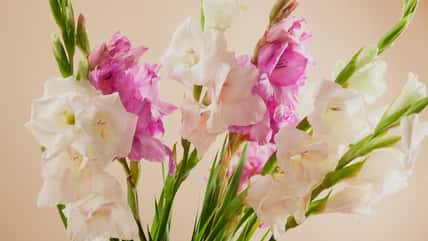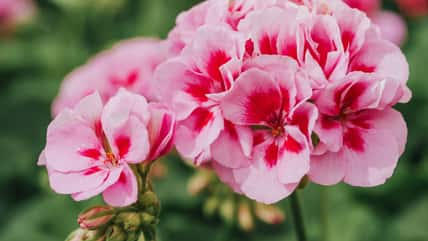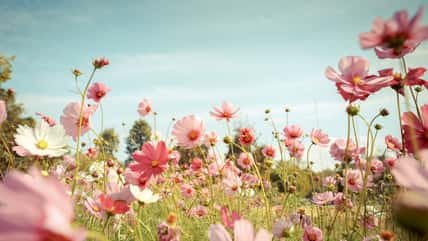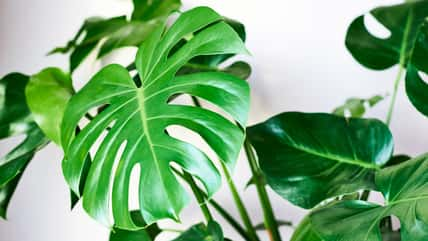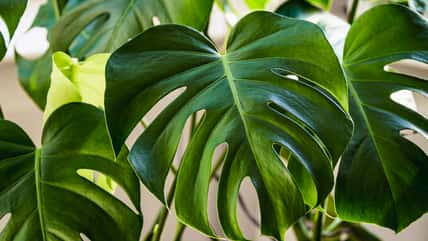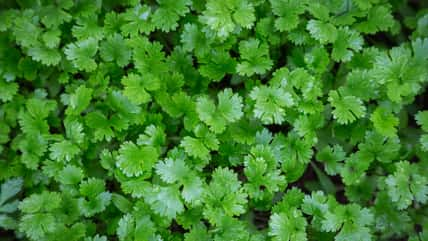Steer Clear Of These Seven Invasive Plants To Protect Both Your Garden And Local Ecosystem
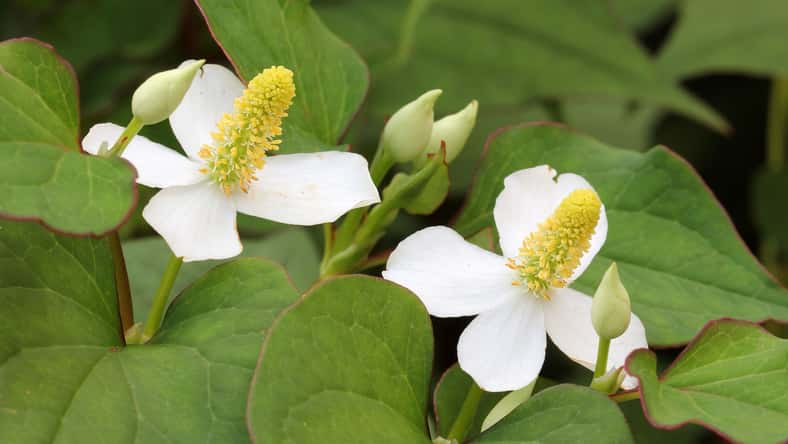
When you’re planning your garden, the allure of quick-growing, lush plants can be tempting because they promise instant gratification with minimal effort.
However, some of these vigorous growers can quickly turn from friends to foes, overwhelming both your garden and local ecosystems.
These are known as invasive plants, and they’re not just a hassle to manage – they can also wreak havoc on the environment.
So, let’s go through what invasive plants are and why they should stay out of your garden, as well as some of the worst offenders that might look charming but come with a costly ecological price tag.
What Are Invasive Plants & Why Are They Bad For Your Garden?
Invasive plants are species that are non-native to a local area and have tendencies to dominate and spread. They often outcompete local flora for nutrients, sunlight, and space, causing a decline in biodiversity.
Additionally, in gardens, they can be aggressive enough to overpower the plants you actually want, leading to a monoculture that lacks variety and resilience.
Moreover, managing these invaders often requires an exhausting amount of effort and sometimes harsh chemical interventions.
1. Chameleon Plant

beppenob – stock.adobe.com – illustrative purposes only
First on the list of invasive plants you should never buy for your garden is the Chameleon Plant, which is native to Asia and known for its heart-shaped leaves and vibrant color variations.
It is invasive because it spreads rapidly through its rhizomes and can quickly take over large areas. In the garden, its aggressive growth can choke out other plants and is difficult to remove once established.
2. Butterfly Bush
Next up is the Butterfly Bush, which originates from China and features long, cone-shaped clusters of flowers in purple, white, or pink.
It’s considered invasive due to its high seed production, which spreads easily and germinates in a variety of conditions. So, while it attracts butterflies, it can displace native plant species that are vital for other wildlife, impacting garden biodiversity.
3. Lily Of The Valley
From the northern hemisphere, including Europe, Asia, and parts of the USA, Lily of the Valley is cherished for its delicate, sweet-smelling white bells.
However, it becomes invasive by forming dense mats that can spread underground and overpower nearby plant roots. Its dense growth can inhibit the growth of other plants and is extremely difficult to eradicate once established.
4. Running Bamboo
Running Bamboo is native to China and is popular for creating natural privacy screens due to its tall, elegant, and fast-growing nature.
However, this plant spreads aggressively through its rhizomes and can invade large areas, including even neighboring properties. So, once established, it can be nearly impossible to control and can damage building foundations and underground pipes.
5. Japanese Barberry
Known for its small, thorn-covered branches and red berries, the Japanese Barberry is native to Japan. It also adapts well to various soil types and conditions, meaning it spreads easily.
This plant can form dense thickets that outcompete native vegetation and provide a haven for ticks, raising health concerns about the spread of Lyme disease.
6. English Ivy
English Ivy, which is native to Europe and Western Asia, is known for its evergreen vines that are popular in landscapes for their classic look.
But, this plant climbs and spreads quickly, overwhelming trees and shrubs by blocking light. It is also harmful to both buildings and trees, as it weakens structures and suffocates tree bark.
7. Burning Bush
Last but not least is Burning Bush, which is native to Eastern Asia and famous for its brilliant red fall foliage.
However, this plant produces a large number of seeds that spread easily and germinate in diverse environments. So, in gardens, it forms dense thickets that can dominate an area and stifle native plant growth.
Sign up for Chip Chick’s newsletter and get stories like this delivered to your inbox.
More About:Gardening
